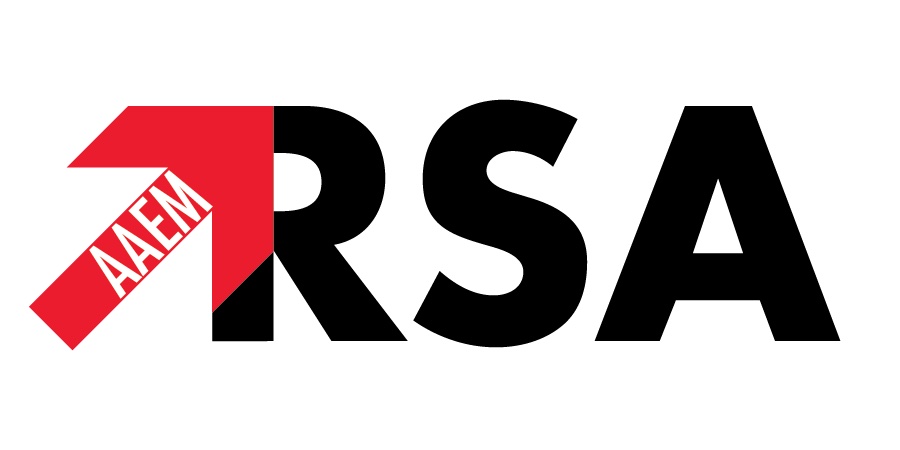 |
| Image credit: Pexels |
Author: Jake Toy, DO
Harbor UCLA Medical Center
Originally published: Common Sense July/August 2019
In a recent resuscitation of an unconscious elderly woman in ventricular fibrillation, my team observed that upon initiation of cardiopulmonary resuscitation (CPR), she began to make purposeful movements with her arms and legs. During compressions, she batted at the mechanical CPR device and reached for her endotracheal tube. When attempting to place a femoral line, she withdrew to pain from the needle on that side. Through these periods of seemingly purposeful movements, her eyes remained closed and she was not responsive to voice commands. Upon pulse checks, these movements abruptly ceased. Many questions arose during this resuscitation for my team: Should we physically restrain the patient? Should we chemically sedate? What was the level of the patient’s awareness?
CPR induced consciousness is a rare and slightly alarming phenomenon that is important to be aware of lest it catch you off guard. With high quality compressions, this may theoretically produce sufficient cerebral blood flow to induce varying states of consciousness. This may manifest as spontaneous eye opening, jaw tone, speech, or spontaneous body and extremity movements.1,2 The incidence was approximated at 0.7% in a prehospital registry study completed in 2014.2 It was further noted that CPR induced consciousness was associated with improved survival outcomes and that the number of recorded cases increased over the course of the six-year study period. I can clearly remember two cases of CPR induced consciousness during the first six months of my residency. Though little evidence exists in current literature, anecdotally, the frequency of this seldom discussed phenomenon appears to be rising.
One of the most impressive reports to date describes how a patient was awake, alert, able to speak, and engaged in purposeful movements during mechanical chest compressions.3 On interviewing this patient prior to hospital discharge, he was able to clearly recount events during his own cardiac arrest up until the moment IV ketamine was administered. Though these cases are rare, patient interference during critical moments of a resuscitation as well as the unintended emotional and psychological impact on patients, families, and providers, necessitates early management of CPR induced consciousness by prehospital providers and emergency physicians.
At present, the management of CPR induced consciousness is not well defined. Reports document interventions ranging from no intervention, verbal instruction, physical restraint, chemical restraint (including ketamine, benzodiazepines, opiates, muscle relaxants), or a combination of strategies.1-3 To date, limited sample size in the only large-scale observational study precluded any significant association between chemical agent choice and survival outcomes.2 Yet practically, extra consideration should be taken before using opiates or benzodiazepines given their potential to induce hypotension. Similarly, paralytics carry the risk of “paralysis while conscious” which warrants additional medico-ethical consideration. In 2016, a letter from the Nebraska Office of EMS shared their prehospital protocol for CPR induced consciousness. It was initiated after a reported rise in cases, seemingly after the introduction of prehospital mechanical CPR. The protocol delineates that the first-line therapy is an IV or IM ketamine bolus with possible co-administration of IV or IM midazolam.3 Further research is needed to better evaluate the best medication regiment.
Despite the rarity of CPR induced consciousness, I feel that general awareness of it is essential. In the case of my patient, after much deliberation during the code, no physical or chemical intervention was taken. CPR induced consciousness may have prolonged the overall time that we ran the resuscitation, but it did not appear to impact its eventual termination. In hindsight, quick and appropriate management of CPR induced consciousness in this case may have helped reduce our cognitive load through limitation of distractions, as well as decrease the potential psychological stress on the patient, her family, and the providers involved.
References
1. Olaussen A, Shepherd M, Nehme Z, et al. Return of consciousness during ongoing cardiopulmonary resuscitation: A systematic review. Resuscitation. Jan 2015;86:44-48.
2. Olaussen A, Nehme Z, Shepherd M, et al. Consciousness induced during cardiopulmonary resuscitation: An observational study. Resuscitation. Apr 2017;113:44-50.
3. Rice DT, Nudell NG, Habrat DA, et al. CPR induced consciousness: It’s time for sedation protocols for this growing population. Resuscitation. Jun 2016;103:e15-e16.
